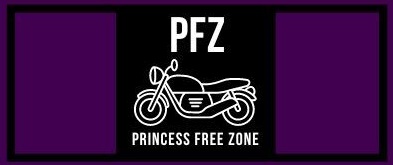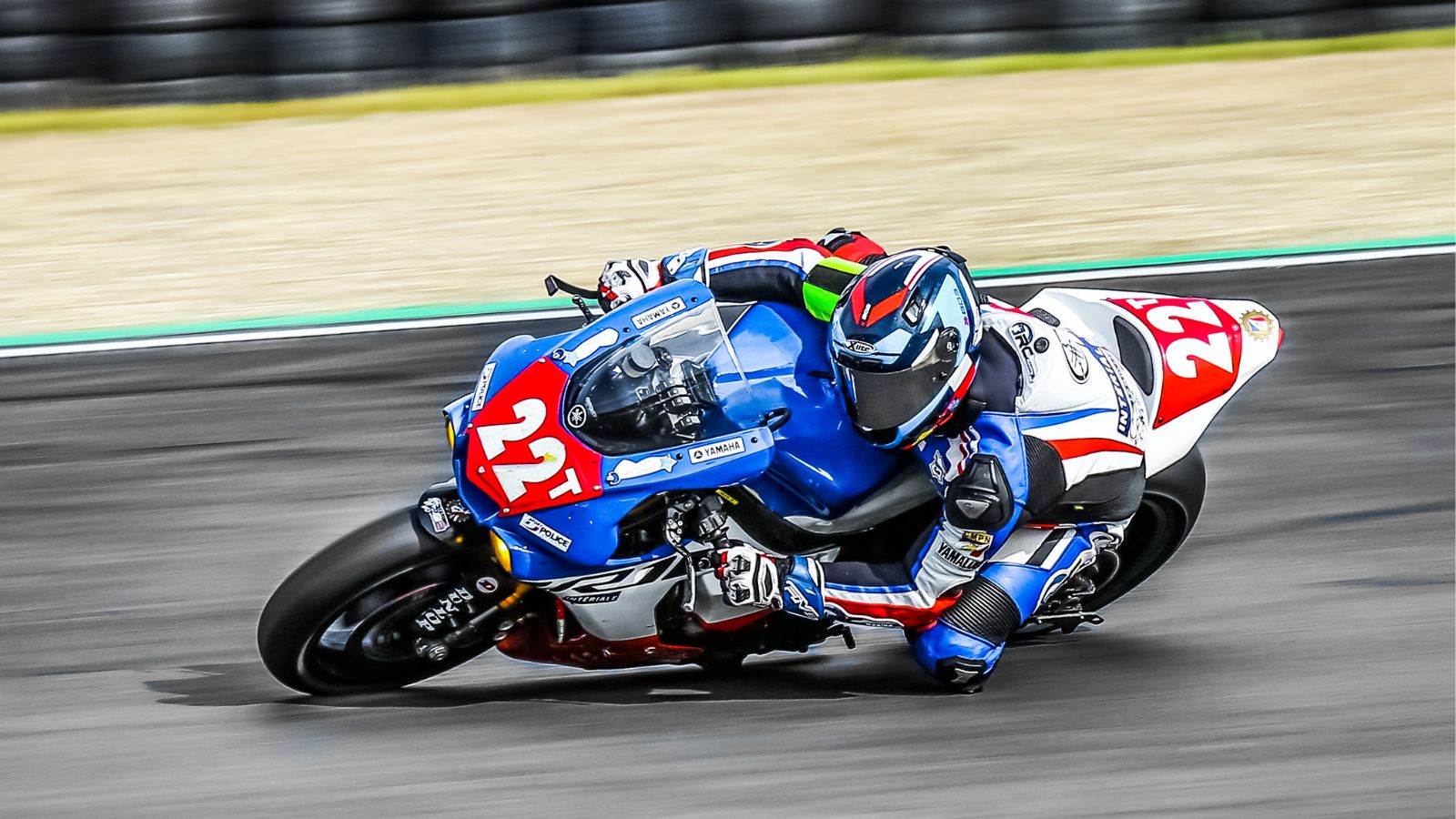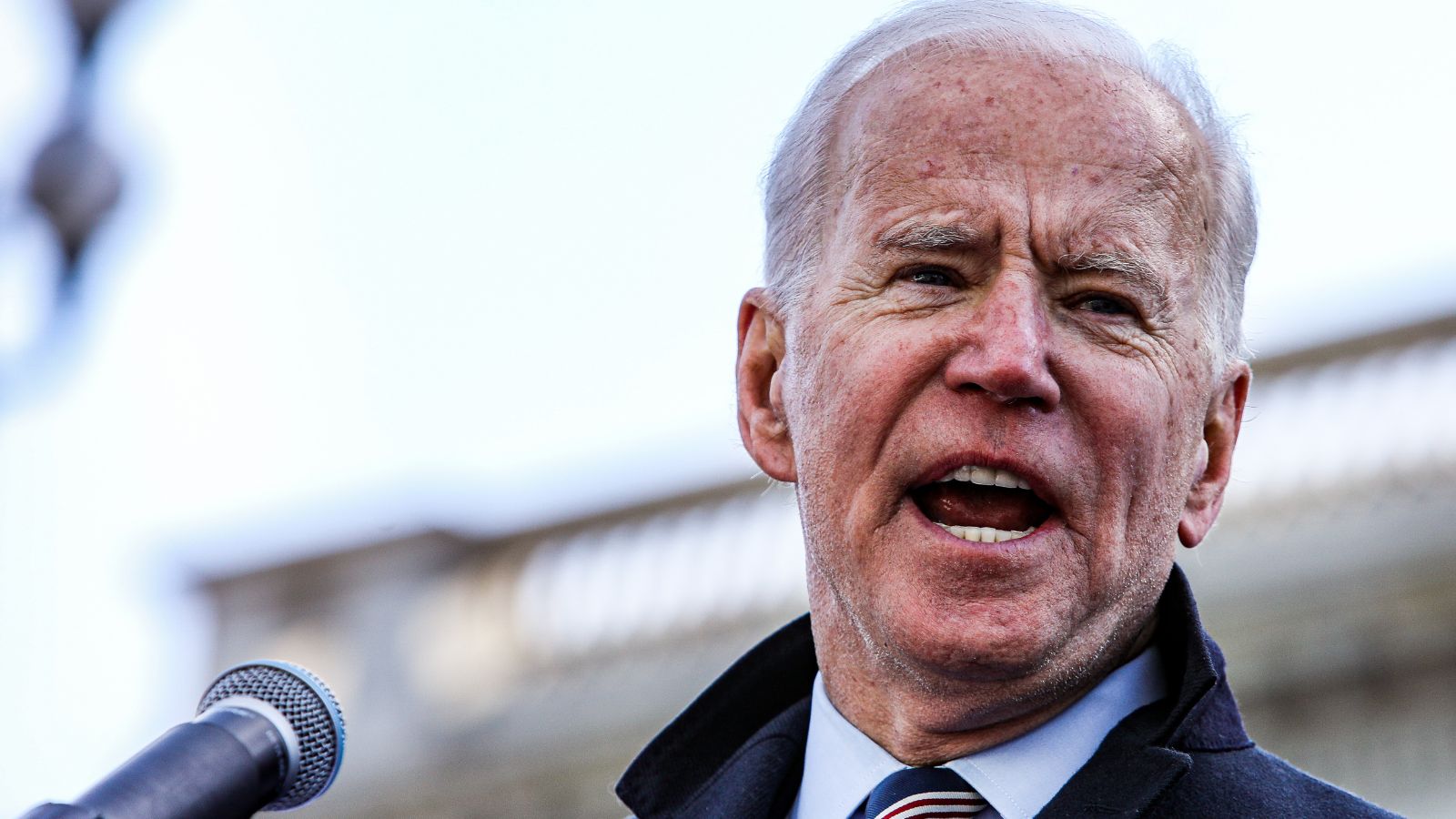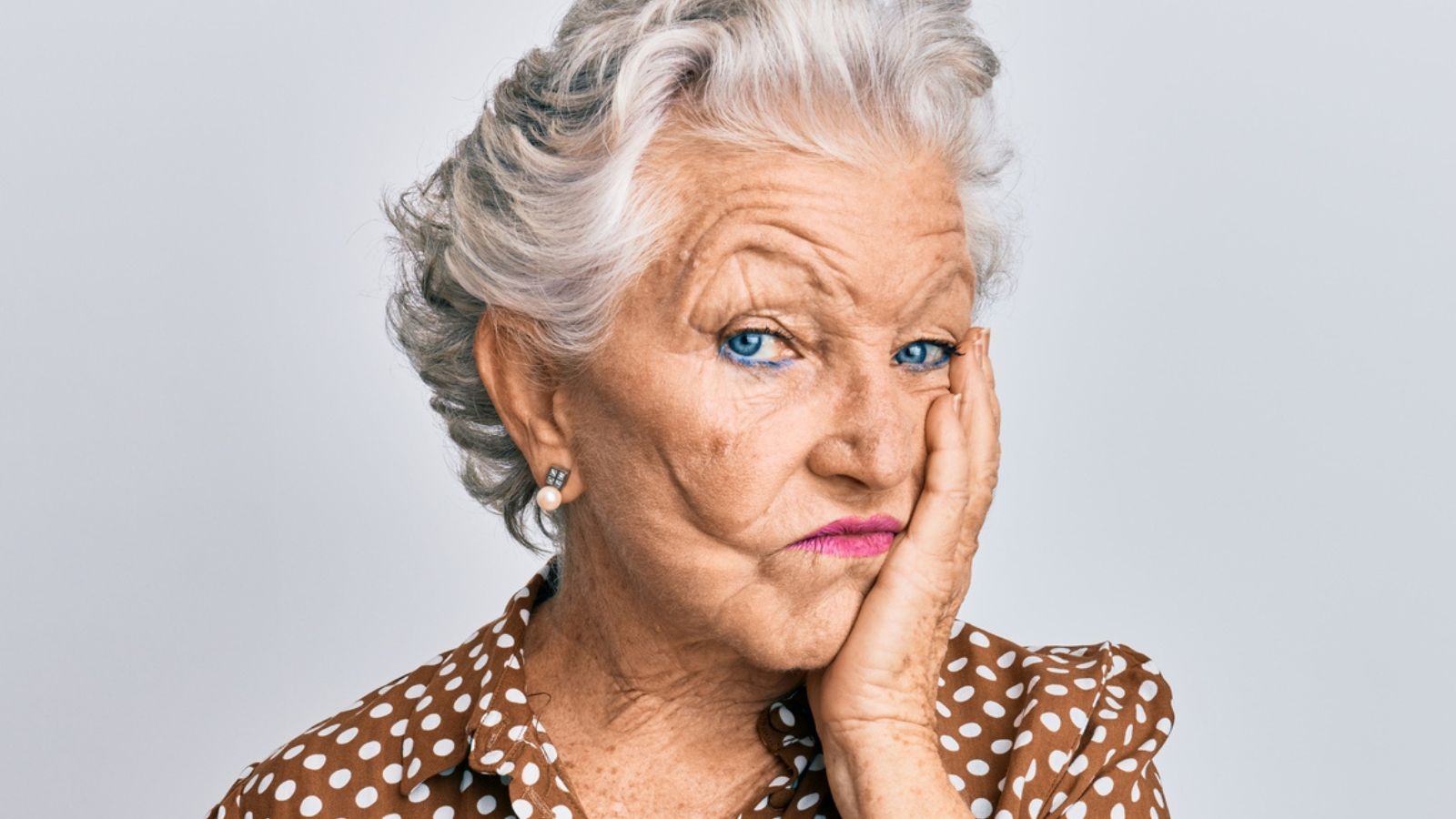Motorcycle training courses are essential for riders to develop confidence, improve safety, and learn essential riding skills. However, the presence of women-only motorcycle training courses has sparked a debate on whether they are worth it. Proponents argue that these specialized courses create a more comfortable and supportive learning environment for women, catering to their specific needs and learning styles.
On the other hand, critics suggest that separating women from their male counterparts might create an unnecessary division in the motorcycling community, possibly hindering the overall learning experience. As more women take up motorcycling as a hobby or lifestyle, it is increasingly important to examine the effectiveness of these courses in meeting the unique needs of female riders while also fostering an inclusive riding community.
This article will delve into the advantages and drawbacks of women-only motorcycle training courses, taking into consideration various factors such as learning environment, self-confidence, and social aspects. By evaluating the course structure and experiences of female attendees, we aim to provide readers with a comprehensive understanding of whether these specially designed courses are a valuable investment for aspiring women motorcyclists.
Women and Motorcycles: A Historical Perspective
Women have been involved in the world of motorcycles since the early days of the 20th century, playing vital roles in shaping the industry, promoting motorcycle safety, and demonstrating their prowess as competent riders. The number of female motorcyclists on the road has steadily increased over the years, reflecting a growing interest in recreational and sport riding among women.
In the early years of motorcycling, women started to venture onto two wheels to gain independence, freedom, and mobility. Women like Bessie Stringfield, an African American woman who rode across the US multiple times in the 1930s, and the Van Buren sisters, who were the first women to ride cross-country on motorcycles in 1916, broke barriers and set the stage for future generations of women riders.
Motorcycle manufacturers also began recognizing the potential market for female riders in the mid-20th century. Companies like Harley-Davidson launched marketing campaigns that targeted women and promoted motorcycling as an empowering mode of transportation and leisure activity. Bike design also evolved to accommodate the needs of female riders, including lower seat heights and more ergonomic riding positions.
Advancements in technology, gear, and rider education have contributed to the increased confidence women have in motorcycling today. Women-specific gear, including jackets, helmets, gloves, and boots, are now available, providing better protection and comfort. Furthermore, motorcycle training courses tailored for women have emerged, offering a safe and supportive environment for women to learn and hone their skills.
Inclusivity within the motorcycle community has also grown over time, with women-only motorcycle clubs, events, and rallies becoming increasingly popular. These spaces allow female riders to connect and support each other, fostering a sense of camaraderie and empowerment. Organizations like the Women’s Motorcycle Foundation and the Women’s International Motorcycle Association also help to promote and celebrate the achievements of female riders worldwide.
This historical perspective on women and motorcycles shows a persistent trend towards increased participation, representation, and empowerment in the industry. The increasing opportunities for female motorcycle riders, from tailored gear and training courses to supportive communities, have all significantly contributed to the growing confidence and presence of women on the road.
Understanding Women-Only Motorcycle Training Courses
The Concept
Women-only motorcycle training courses are designed specifically for female riders who want to learn to ride or improve their skills in a comfortable and supportive environment. These courses focus on building confidence and camaraderie among female participants, providing a space where they can feel at ease sharing their experiences and asking questions. The curriculum of women-only motorcycle training courses is generally the same as co-ed courses, covering fundamentals like bike handling, safety, and maintenance. It is essential to note that these courses aim to empower female riders without compromising on the quality of training.
Training School Prospects
Women-only motorcycle training courses are becoming more popular as the industry recognizes the growing number of women interested in motorcycling. Many schools now offer female-focused programs as part of their training portfolio, with instructors who are sensitive to the specific needs and concerns of women riders. Some of these schools even offer Compulsory Basic Training (CBT) as a stepping stone for those new to riding.
When considering a women-only motorcycle training course, prospective enrollees should look for schools with:
- Experienced instructors with a passion for teaching women
- A welcoming and supportive learning environment
- A balance between practical instruction and classroom time
- The opportunity to practice riding on various types of terrain
- Courses that prepare riders for the necessary certifications and testing
In conclusion, women-only motorcycle training courses provide a valuable opportunity for female riders to learn from experienced instructors in a supportive and comfortable environment. These courses are worth considering for women who want to build their confidence, learn essential skills, and enjoy a sense of camaraderie with other female motorcyclists.
Why Choose Women-Only Motorcycle Training Courses
Boosting Confidence
Women-only motorcycle training courses aim to help individuals build confidence in their ability to ride. For many learners, it might be nerve-wracking to start learning to ride in a mixed-gender environment. By creating a space specifically for women, these courses facilitate a more comfortable and enjoyable experience. In these programs, students are surrounded by others who may share similar feelings, concerns, and challenges. This camaraderie can greatly contribute to boosting confidence in one’s riding skills.
Personalized Pace
A women-only course allows learners to progress at their own pace. Instructors are generally more attentive to the individual needs of each student and adapt the training to match the specific learning style or pace of each rider. This can lead to a more enjoyable and rewarding experience, as riders can focus on their own improvement instead of feeling pressured to keep up with the group.
Women-Friendly Environment
These courses often create a women-friendly environment, fostering support and understanding among participants. In some cases, the training staff might even be composed entirely of women, helping eliminate any feelings of intimidation students might experience in a traditional mixed-gender setting. This comfortable atmosphere can be beneficial for those who may feel more at ease with female instructors and fellow students, making the process of learning to ride less nerve-wracking and more accessible.
Course Structure and Skills Acquired
Foundation Courses
These courses are designed for new riders who have little or no experience with motorcycles. They usually cover the basics of motorcycle control, such as slow control, balance, and maneuvering. The skills acquired during a foundation course can often include:
- Clutch and throttle control: Developing a smooth and controlled connection between the engine and rear wheel.
- Slow control: The ability to maintain balance and maneuver the motorcycle at slow speeds.
- Counter-steering: Properly steering the motorcycle while going around a curve or corner.
- Braking techniques: Understanding the use of both front and rear brakes for safe and controlled stops.
- Lane positioning: Learning how to safely position oneself on the road and when to switch lanes.
In women-only motorcycle training courses, beginners often find it more comfortable to ask questions and share their concerns without the pressure of mixed classes. Foundation courses generally prioritize safety, preparing new riders for the Basic Rider Course (BRC) or the Direct Access Scheme (DAS) if they wish to obtain their licenses. Acquiring professional help during this stage can be crucial for building solid riding foundations.
Advanced Programs
For riders looking to sharpen their skills or learn advanced techniques, women-only advanced programs can provide a supportive and encouraging environment. These courses often target specific skills based on the riders’ needs and might include:
- Cornering techniques: Learning how to safely navigate tight turns or high-speed corners.
- Advanced braking: Developing skills for emergency stopping or braking in adverse conditions.
- Low-speed maneuvers: Improving slow-speed control, especially in confined spaces.
- Riding in groups: Understanding the dynamics of group rides and effective communication with other riders.
Advanced programs aim to build upon the foundational skills acquired in earlier courses. By focusing on specific techniques and areas for improvement, these courses can help participants become more confident and knowledgeable riders.
Challenges and Potential Solutions
Overcoming Initial Discouragement
For many women, the initial excitement of learning to ride a motorcycle can quickly turn into discouragement due to a poor level of riding or challenges they face as beginners. This feeling of being discouraged may lead some to consider giving up. However, women-only motorcycle training courses can provide the guidance and support needed to overcome this initial discouragement. By participating in these courses, women can feel more confident in their future riding career, as they learn from other women who have succeeded in the sport.
Improving Poor Level of Riding
A prevalent challenge faced by beginner riders is the poor level of riding, which can lead to increased discouragement. Women-only motorcycle training courses can address this challenge by offering targeted training to help improve their riding skills. In these courses, experienced instructors provide specialized guidance tailored to women riders’ specific needs, such as how to maneuver in tight spaces and park up smoothly. By focusing on constant improvement and the targeted areas, women can see progress and develop essential skills more rapidly.
Understanding Complex Maneuvers
Another common challenge faced by women riders is mastering complex maneuvers on their motorcycles. Women-only motorcycle training courses can provide in-depth training and resources, breaking down complex maneuvers into manageable steps. By practicing these steps individually and in combination, women can gain a better understanding and ability to execute these maneuvers effectively.
- Tailored Training: Women-only training courses often incorporate modifications and adjustments to suit women’s unique needs, allowing them to feel more comfortable and confident while learning.
- Group Support: Learning in a supportive group environment consisting of other women riders can alleviate anxiety, encourage learning, and foster camaraderie.
In summary, women-only motorcycle training courses can offer valuable solutions for overcoming the challenges and discouragement many women face while learning to ride. Through targeted training, group support, and a focus on mastering complex maneuvers, these courses can provide the necessary skills and guidance for women to pursue their passion for motorcycle riding confidently.
Next Steps Post Training: The RMT and DVSA
Road Training
After completing a women-only motorcycle training course, the next step towards becoming a fully licensed rider is road training. The Road Motorcycle Training (RMT) is a crucial component in building confidence and refining riding skills. Typically, RMT consists of one day of practice on public roads, under the guidance of experienced instructors. The goal of this session is to help riders develop proper road awareness, while abiding by traffic rules and regulations.
Test Preparation
Preparing for the Driver and Vehicle Standards Agency (DVSA) test is the final step in obtaining a motorcycle license. It is essential for riders to familiarize themselves with the test format, which includes a theory test, hazard perception test, and a practical riding test. Women-only motorcycle training course providers often offer additional support and resources to help riders prepare for the DVSA test. This support may include mock exams, review sessions, and practice question sets.
The key to passing the DVSA test is consistent practice and a thorough understanding of riding techniques, safety measures, and road regulations. It is vital for all riders, regardless of gender, to be confident and knowledgeable when attempting to obtain their motorcycle license. With proper preparation and support from women-only motorcycle training courses, riders will be well-equipped to tackle the RMT and DVSA tests with ease.
Conclusion
Women-only motorcycle training courses have proven to be valuable resources for female riders seeking a comfortable and supportive learning environment. During a typical training day, women can develop their riding skills and keep up with their male counterparts while building camaraderie with fellow female riders.
Instructors at these courses offer knowledgeable and clear instructions, ensuring that each participant receives proper guidance for all aspects of motorcycle riding, from the basics to advanced techniques. The neutral atmosphere allows women to feel confident, knowing they can ask questions and receive assistance without judgment or being overshadowed by male students.
Many women have found these courses highly beneficial, as they are able to focus more on their learning and improvement in a gender-specific setting. Additionally, such courses can help female riders build a supportive network and lasting friendships.
These courses do not only benefit women during their training days but also provide a foundation for safe and enjoyable riding experiences in the future. Ultimately, women-only motorcycle courses offer meaningful advantages for those seeking personalized instruction and a comfortable learning environment tailored to their needs.













